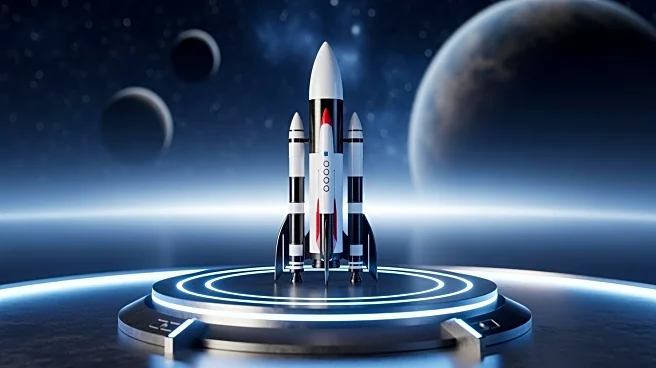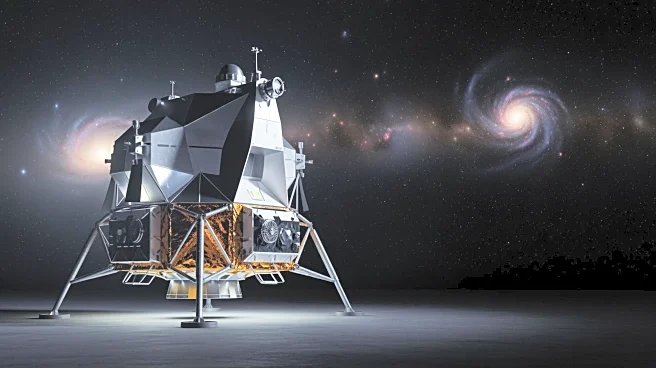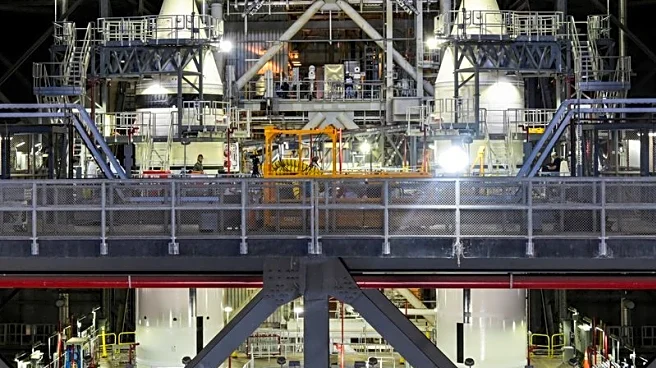What's Happening?
NASA Acting Administrator Sean Duffy has announced the reopening of the Artemis 3 Human Landing System contract to competition. This decision comes in response to delays by SpaceX in developing its Starship lunar lander, which was initially awarded a $2.9
billion firm-fixed-price contract in 2021. The move aims to sustain progress in lunar exploration and address increasing global competition, particularly from China. NASA is encouraging American companies to compete in a new space race to return to the moon. The agency has also requested acceleration proposals from both SpaceX and Blue Origin, with a deadline set for October 29. Additionally, NASA plans to issue a request for information to gather insights from the commercial space industry on increasing the frequency of lunar missions.
Why It's Important?
The reopening of the Artemis 3 contract signifies NASA's commitment to maintaining momentum in its lunar exploration efforts. By inviting competition, NASA aims to ensure that the United States remains a leader in space exploration amid growing international competition. This decision could potentially lead to faster development timelines and innovative solutions from the private sector. Companies like Blue Origin, which is already developing the Blue Moon Mark 2 lander for future Artemis missions, may benefit from this competitive environment. The outcome of this competition could have significant implications for the U.S. space industry, potentially leading to new partnerships and technological advancements.
What's Next?
NASA's request for acceleration proposals and the upcoming request for information will likely shape the future of the Artemis program. The agency's decision to reopen the contract could prompt other space companies to enhance their lunar lander technologies and propose competitive solutions. The response from SpaceX and Blue Origin, as well as other potential competitors, will be crucial in determining the next steps for the Artemis 3 mission. The increased competition may also influence NASA's strategies for future lunar missions, including Artemis 5 and beyond.














